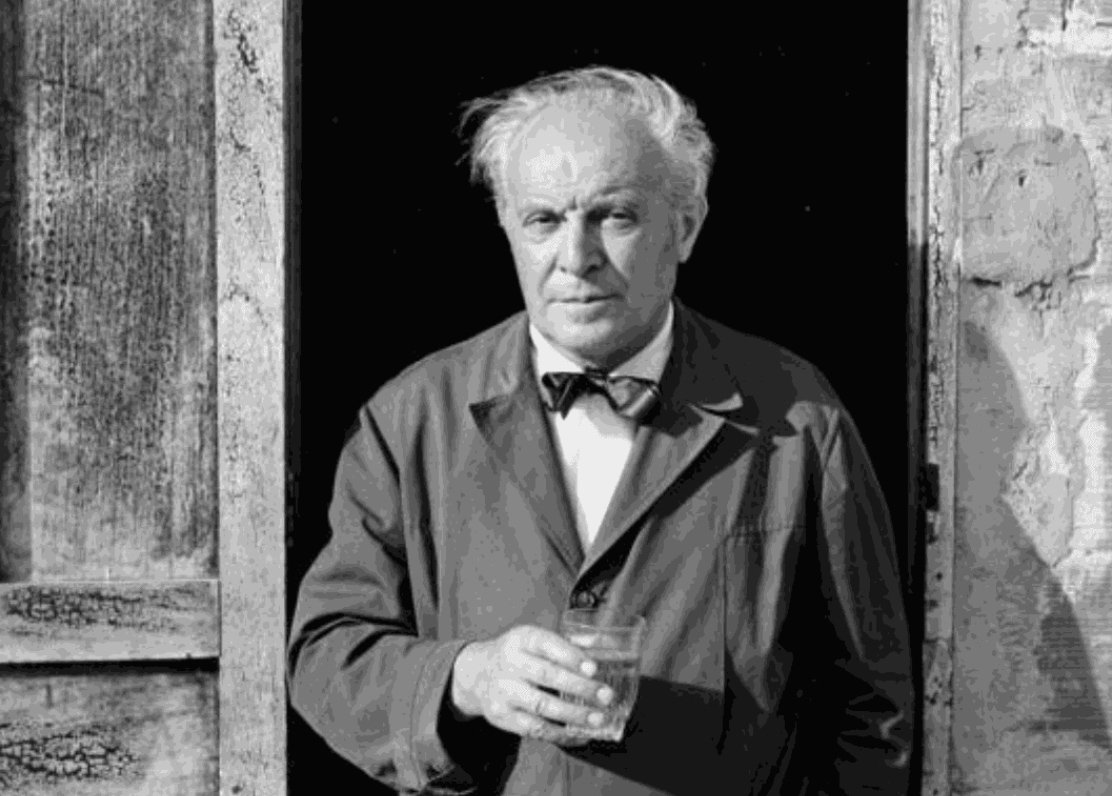ANNA CASTELLI FERRIERI
Born in Milan in 1918, Anna Castelli Ferrieri was a prominent Italian architect and industrial designer who made a significant impact on post-war modern Italian design.
MARIA PERGAY
This month, we’re sharing the work of Parisian furniture and product designer, Maria Pergay — best known for her iconic and innovative metal furnishings.
LINA BO BARDI
The true embodiment of the word “multifaceted,” Lina Bo Bardi’s achievements spanned fields as: architect, designer, illustrator, furniture designer, editor, curator, educator, and activist.
MARCO ZANUSO
Zanuso’s work was characterized by a willingness to combine technology and industrialization with elegant, modern designs. He was known to experiment with materials that could be reproduced more easily than traditionally handcrafted designs.
JORGE ZALSZUPIN
Though originally from Poland, Jorge Zalszupin moved to Brazil following World War II. His story is one of beautiful timing, arriving in the country at the exact moment that Oscar Niemeyer was seeing success with modern architecture.
Zalszupin’s furniture designs fit perfectly with Niemeyer’s architectural ones, and a collaboration between the two artists quickly sent Zalszupin down the path to a long and successful career.
VILHELM LAURITZEN
Lauritzen’s design style adhered to classicism until the 1930s, when his travels through Central Europe introduced him to the concept of functional architecture, the idea that design should be based, first and foremost, on function.
JEAN ROYÈRE
Jean Royère’s professional career did not start in design. He was in the import-export trade industry when he felt called to learn cabinetmaking. The rest is history.
GIUSEPPE SCAPINELLI
Scapinelli was born in Modena, studied architecture in Florence, and then eventually moved to São Paulo, where he opened the design studio that would launch his career, Atelier Scapinelli.
Like Brazilian designer Sergio Rodrigues, Scapinelli not only embraced the typical woods of the region — jacaranda, imbuia, rosewood — but his modern designs also suggest influences of Brazilian culture.
SAM MALOOF
Sam Maloof was born in Chino, California with a natural talent for woodworking.
Following his service in the army during World War II, Maloof earned a position at a local college art department, where he began designing and crafting furniture. When his creations appeared in Better Homes & Gardens magazine and the LA Times, the custom orders came flooding in and never stopped.
SERGIO RODRIGUES
Sergio Rodrigues’s modern designs epitomize the relaxed lifestyle of his native Brazil.
After studying architecture and design in Rio de Janeiro, Rodrigues introduced Brazil to modern design, opening its first modern art and furniture store. Two years later, he founded a firm called Oca to design modern furniture himself.
EVA ZEISEL
Eva Zeisel is a Hungarian-American designer whose incredible 105-year life took her through several countries, a World War, and into the history books of modern design.
POUL KJÆRHOLM
Poul Kjærholm is most known for bringing the use of steel into modern design, but surprisingly, his career started as a carpenter’s apprentice. It wasn’t until the early 1950s that Kjærholm studied under renowned designer Hans Wegner and Jørn Utzon (an industrial designer) at Copenhagen’s School of Arts and Crafts.
JACQUES ADNET
Jacques Adnet and his twin brother, Jean, received their artistic education at the École des Arts Décoratifs in Paris in 1916.
Adnet’s work was largely inspired by the popular Art Deco style of the early era. He used it to update traditional furniture in new ways and placed heavy emphasis on materials like leather, metals, mirror, and woods.
CLARA PORSET
Clara Porset is credited for revolutionizing modern design in Mexico, though she didn’t start there.
Born in Cuba to a wealthy family, Porset studied at Columbia University’s School of Fine Arts, the École des Beaux Arts in Paris, as well as the Sorbonne, the Louvre, and Black Mountain College in North Carolina.
GIO PONTI
Gio Ponti was born in Milan in the late 1800s and is credited as being the most influential Italian designer of his time. Although he studied architecture at the Politecnico di Milano, his professional career began as the artistic director of the ceramics company, Richard Ginori.
















